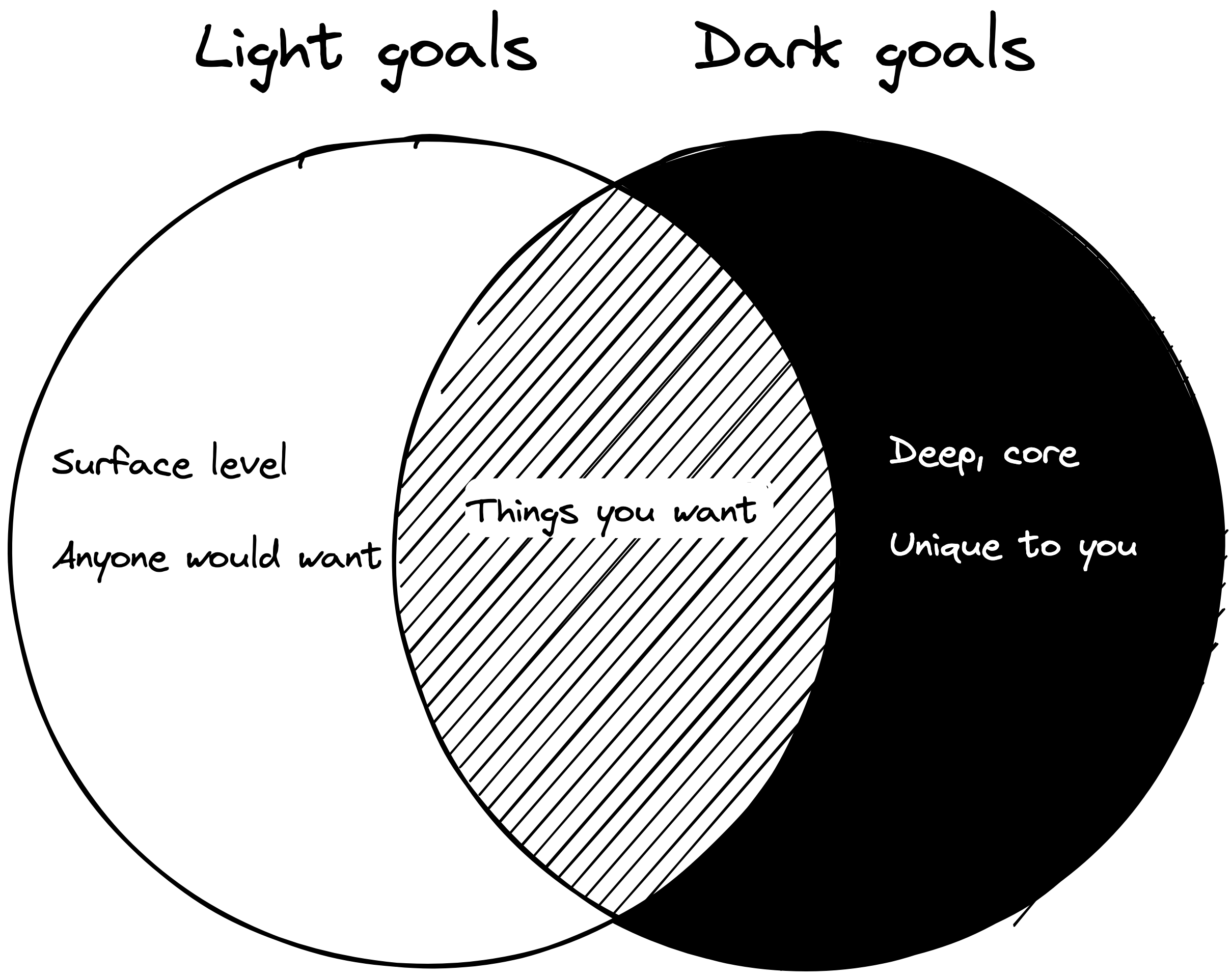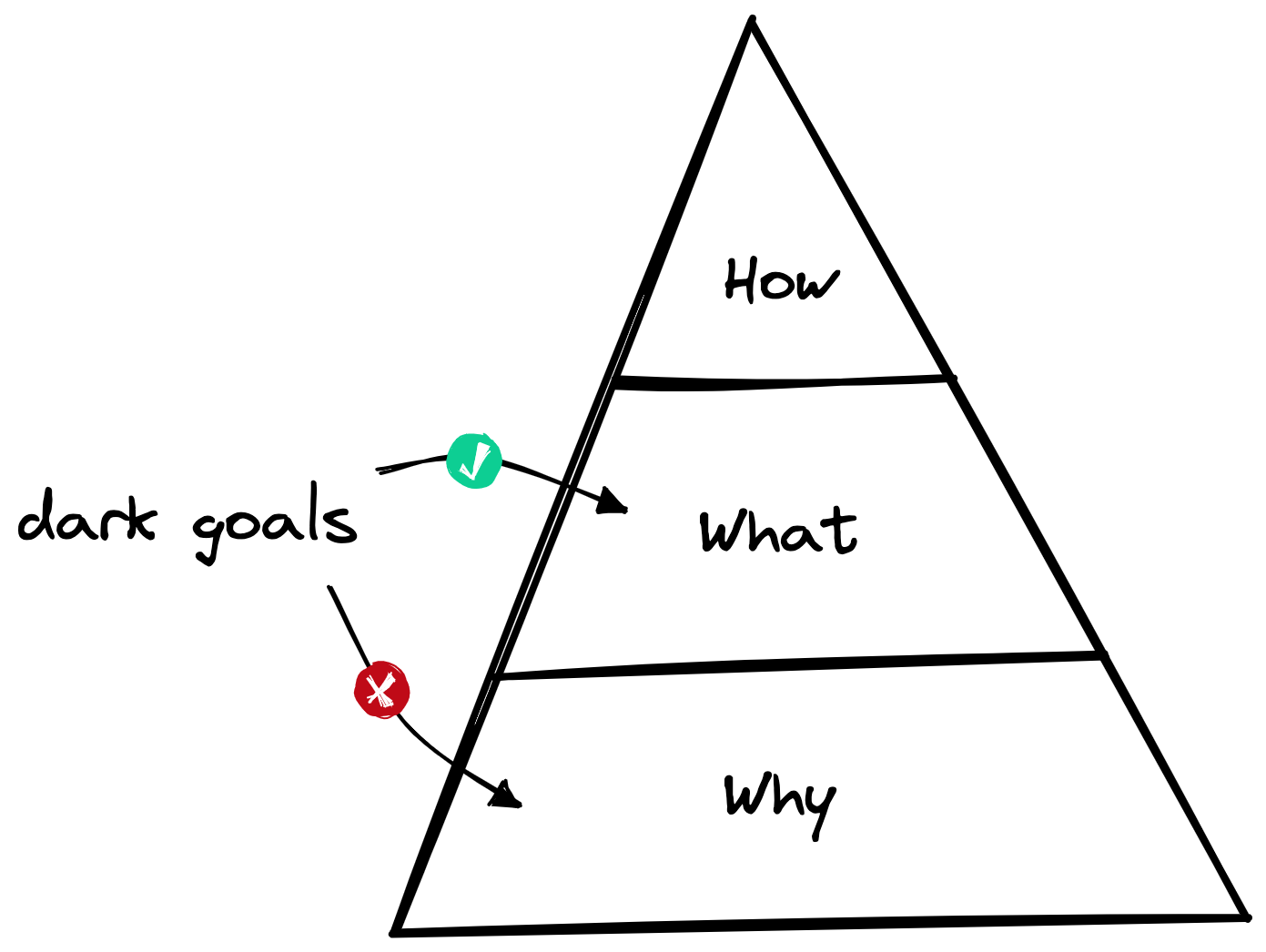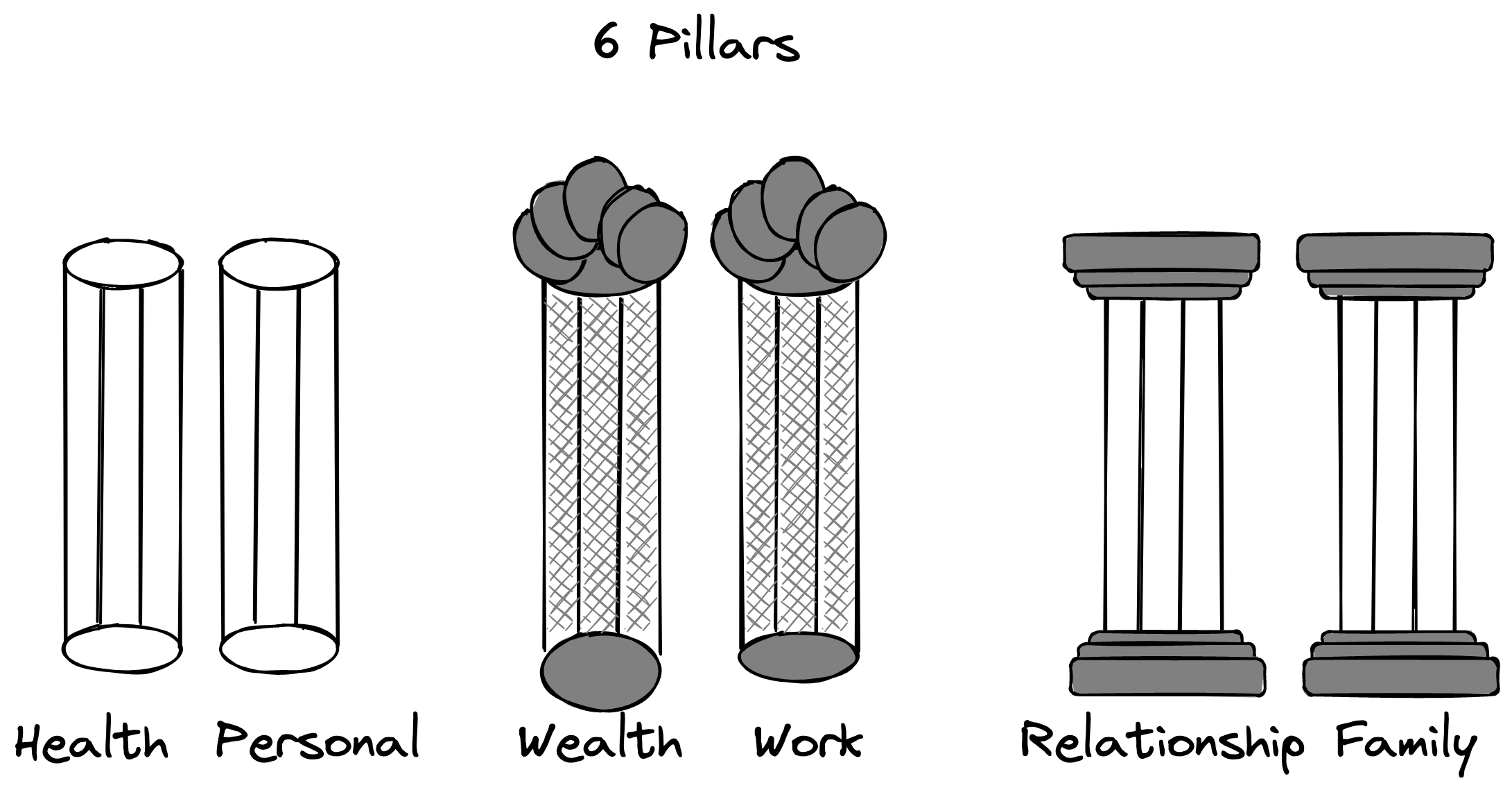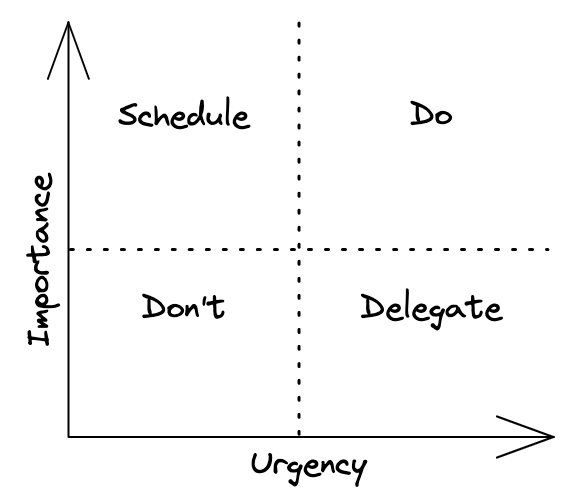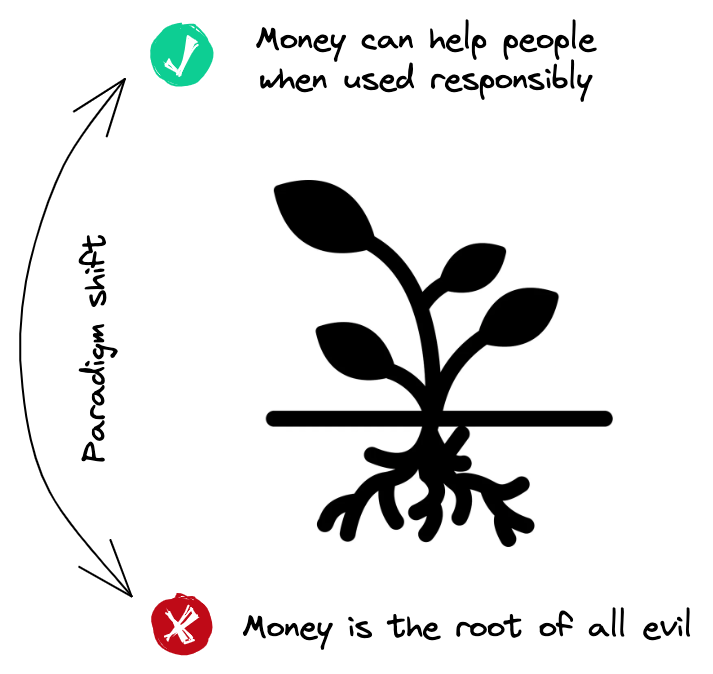It’s that time of year where we start making big plans. Some of them, like, “Yeah, I’d like to do a mountain relay race,” F3 will basically make sure you keep, barring no unforeseen disaster. But for many of us, those extra 15 pounds or pile of 2x4s meant to be a hot-tub deck just stay exactly where they were by next new years.
To change this, Amway of South Cary led a 4-week “mastermind” course on goal-setting for ~20 pax. With so many high-impact men in our group, you’ve probably dabbled with lifehacks, goals, planning, and self-improvement in some form or fashion, but it can be helpful to revisit some basic principles, learn new techniques, and, of course, get accountability.
The first thing we did was consider goals in terms of light goals and dark goals.
- Dark goals are deep, core desires that are unique to you, like that Lil’ B porter none of your friends understand how you could possibly drink.
- Light goals are more surface level, and often “things” that anyone would want, like another IPA or more money.
We associate goals with work, the mind, and what “makes sense”: plotted on a plan with hard, measurable numbers like time and money. We often neglect “heart” goals, dreams that we often hide beneath the surface, which are what dark goals get at.
There is sort of a triangle with “how” at the top, “what” in the middle, and your “why” as the grounding force at the bottom. Sometimes dark goals are more of a “why,” and then you work to refine them more into “what’s” so that you can start doing them.
Goals are on a scale of realistic to BHAG (big, hairy audacious goal), and dark goals are more towards BHAG. Typically they are things on your immediate horizon, like 6-18 months…if it’s longer, it might be verging more on a “why” than a “what.”
Now that you have a way to think about goals on a deeper level, you can organize goals into different pillars, or areas of your life. The pillars are three groups of two areas: health & personal, wealth & work, and relationship (usually your M) & family.
Exercise:
- Brainstorm a bunch of dark goals in each of the six pillars. Write in stream of consciousness style, just generate a bunch.
- Reflect and pick one per pillar to focus on in the upcoming months.
With a single goal per area, you’re making sure that you don’t tackle too much all at once, or leave yourself unbalanced with tons of weekend races but no attention to your M, which can be a common recipe for disaster in F3. Many people stop here with their goals in hand. Or, maybe you create a bunch of execution plans with deadlines and checkpoints. While those can be helpful, you might not get far if you don’t first align the goals to who you are.
For each of your dark goals, write out, “If I were free to pursue this goal in complete alignment with my true self, I would ____.” Fill in the blank with, say, 5-10 ideas that are generated from that question. Then, circle the answer that most electrifies you.
While still in your Platonic zen of “knowing thyself,” reverse this thought experiment a bit. Think about things to purge. These are blockers that weight you down, get in your way, stamp out your fire. Go through your calendar, planner, and phone notifications and write a list of all purge candidates. These might be things like particularly useless meetings or apps, physical stuff like loose change or hard-to-find exercise socks, driving during peak traffic, and so forth. Score each candidate on a pain scale of 1 to 5. Isolate the items with the highest scores and purge at least one of them using a method like the Eisenhower quadrant or EDAD filter (Eliminate, Delegate, Automate, Do).
Not great at introspection? Get some input. Ask close friends and family to describe some of your strengths, weaknesses, or just adjectives. Read through aptitude or personality tests you’ve taken and see if you can identify themes. Re-read the results of any personality tests/assessments that you’ve taken in the past. Ask your M to do the purge exercise, then compare lists. You might find that she dreads the picking up the kids, you dread doing the dishes, and you could swap.
Okay, you’ve got exciting dark goals and ideas for achieving them that are tailored to you. But don’t go charging off just yet. Now it’s time to get a little more tactical.
Just like a calendar draws out your day into little blocks of time, there are four core blocks that each day should have.
- Physical exercise, aka which AO you post at!
- Spiritual/mindful time
- Core work, both your “job” and in terms of meaningful progress against your goals
- “Feed the Animal” (FTA), or the stuff you just have to get done to live, like eating, chores, checking emails/texts, etc.
On a piece of paper, draw out your typical daily routine, from the moment you wake up to the moment you go to sleep. Label each block one of these four areas. You might also find it helpful to plot out an “energy” line, or when in the day you are typically more or less alert. Analyze the schedule to see if you miss or shortchange any blocks, or notice something like you try to squeeze in core work at the end of the day when you’re most tired.
On a fresh piece of paper write down a new daily routine, based on what you think you’d need to accomplish your goals. Put it somewhere you’ll see every day, like the bathroom mirror or your screensaver. Stick to this routine for 7 days and see what needs to be tweaked.
To help you accomplish your general routine, build an Action Plan each day.
- Write down your dark goals to keep them foremost.
- Jot down 1-3 things you are grateful for, to start off on a high note.
- Affirm 1 positive thing about yourself, such as, “You got out of bed and posted even though it’s tank-top Thursday and twenty degrees.”
- Plan a “next bold move,” or an action step will propel you towards meaningful progress for one of your dark goals, that aligns with who you are.
- Now, make your “to-do” list for the day, including a mix of core and FTA things to do. Don’t overload the number of to-do’s (you can keep a separate backlog if need-be), maybe about 5 things total, because finally, you have to…
- EXECUTE 100%. Your day is not done until your to-do list is 100% complete.
The 100% execution will suck. You will probably fail and have to readjust how large or how many of to-do’s you include each day. But, you will start the next day seeing that you have progress and being able to communicate exactly how you spent your time.
You have your action plan and are executing at 100%, so you must be done, right? Not quite. The final thing that we discussed is why so many January 1st resolutions go unresolved by February 1st: because people don’t change themselves.
You’ve already made some progress in this direction by aligning your “next bold moves” and action steps to who you are. This final step is about how you can turn those into automatic responses or “atomic habits,” so that you can almost go on autopilot. To change yourself, you can identify your paradigms, grounding activities, and routines (that part’s done) to help create or tweak the standards you live by.
Paradigms are ways that you think about, evaluate, or otherwise filter the world. In particular, identify as many limiting paradigms, or beliefs that hold you back from making progress, as you can. Often, these paradigms are ideas or habits you’ve grown up with all around you since childhood. Cue in on any “should,” “always,” or “have to” totality statements you tell yourself. Then, consider whether you can “shift the paradigm” in someway to keep it from limiting you. Often this can be done by shifting a negative into a positive. One example from a pax was shifting the paradigm of “Money is evil,” to “Money can be a tool to help others when used responsibly.”
Paradigms are how we see life. Grounding activities are how we cope with life, the activities that we turn to time and again when we need to “recharge.” Brainstorm as many of these as you can. Then, go back to your schedule and make sure to block out at least 1 hour a week doing this. If you’re lucky, this might align with another block, like trailing running for exercise or prayer for spirituality.
Finally, referring to your paradigms, routines, daily affirmations, and grounding activities, write out the standards that you live by. These standards help automate your behavior in ideally healthy ways. For example, a vegetarian has a standard not to eat meat, and so many dietary and restaurant choices are automated. After you identify say about 10 standards that you live by, see if you want to tweak any of these to help achieve your goals.
By Clockwork
“Good words are worth much, and cost little.” - George Herbert
